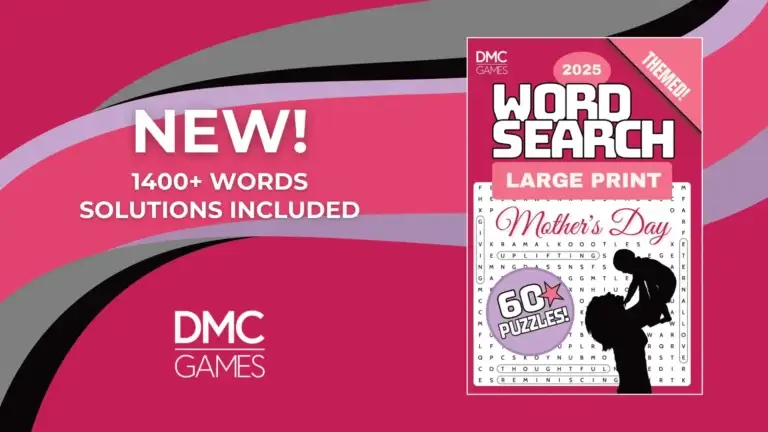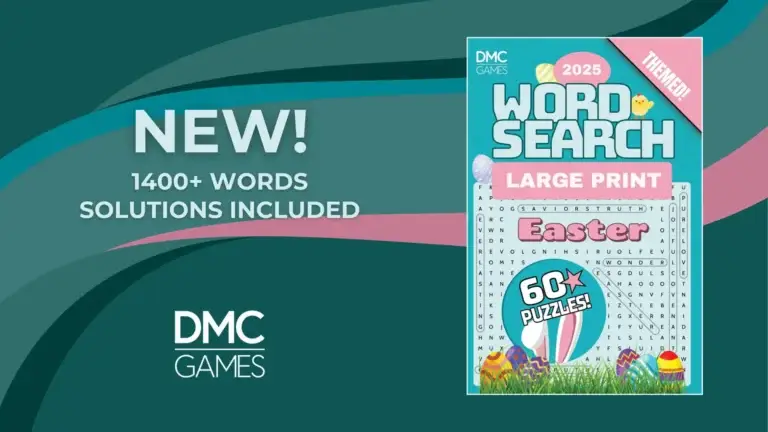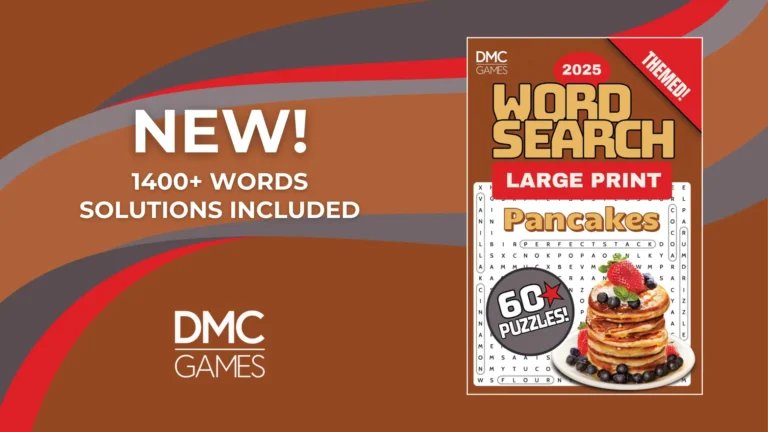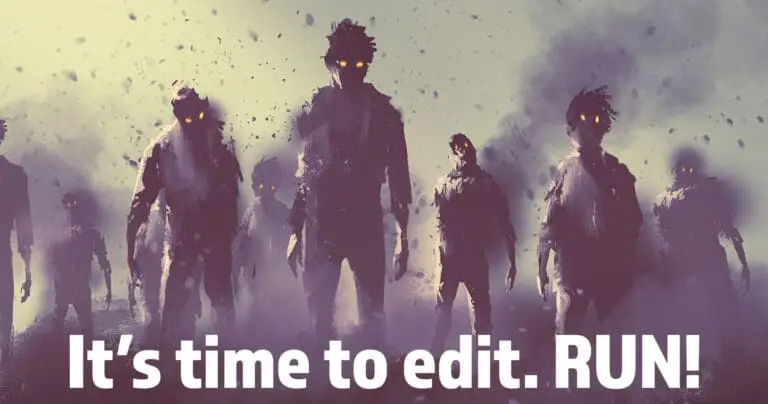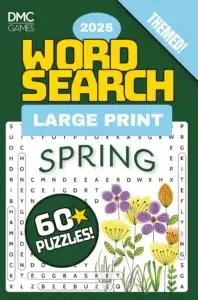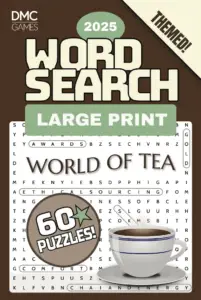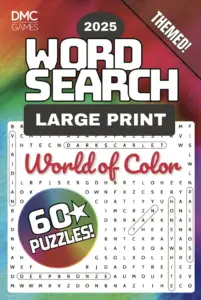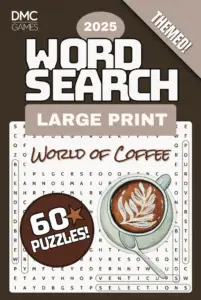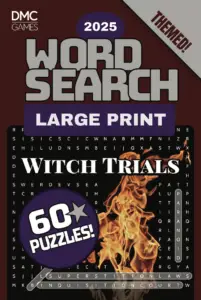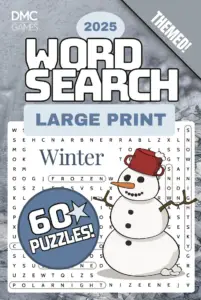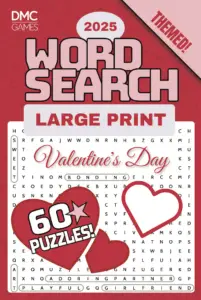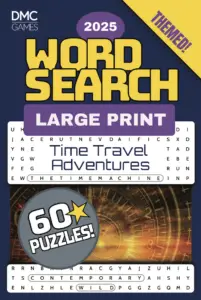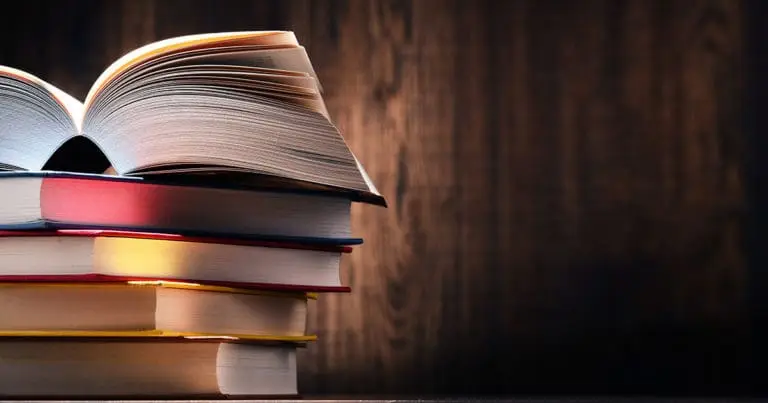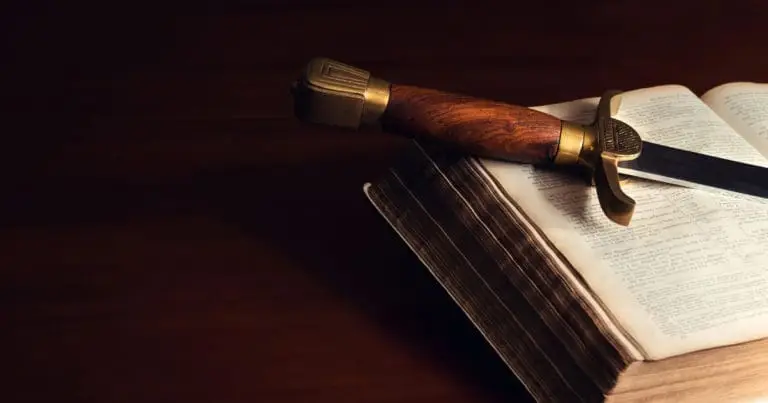Turnitin is a valuable tool for rooting out plagiarism. In the internet era, when it's barely an inconvenience to copy and paste material into one's own paper, Turnitin is a necessary annoyance. Plagiarism is a big deal; the tools to fight it may be imperfect, but with a bit of effort and the right attitude, students can work with them.
Update: June 24, 2020. I've just had an email exchange with my advisor about the particulars of what an instructor may and may not do with Turnitin. What I wrote below is accurate, but has been tweaked just a bit to reflect some new information—most notably that instructors have the leeway to refuse work that scores over an arbitrary number with Turnitin.
Going into this post, I was only able to look at Turnitin scores from two terms, the one just completed and the one prior. I have 21 assignments on the list, with a low score of zero and a high score of 67. The average is 12.57, but removing the 67 (an outlier that I'll explain shortly), the average is 9.85. Thirteen of the scores are ten or less, five are from 11 to 19, two are from 20 to 25, and then there's the 67.
Scores do not translate to assignment grades. If you submit a paper that receives a 40% on Turnitin, that doesn't mean you're getting a C on the paper or something. Professors don't take that 40 and use it in any way mathematically. Turnitin scores are generally nothing more than indicators to the professors. Having said that, some students have reported that professors have refused to accept work over a certain threshold. I've heard 40%, 50%, and higher. SNHU does not have a policy that permits or denies professors the ability to do that, so I strongly recommend that students fight back when it happens.
The official word from the school, insofar as a direct quote from my advisor is an official word from the school, is: “A percentage under 20% is usually nothing for students to worry about as the software still picks up phrases in quotation. There is an expected overlap as students are working on the same assignments often using the same sources.”

Understanding Turnitin
It's not perfect. Turnitin examines a submission and compares it, line by line, to millions of other submissions and web pages. An algorithm on that kind of scale is going to be wrong sometimes. It's going to flag questionable things occasionally. Students in the SNHU Facebook groups complain that Turnitin flags the word “is.” It doesn't. Nobody would take it seriously; schools wouldn't contract with the service if it flagged the word “is.” Because, as we all know:

When Turnitin flags a single word—or even a page number in the header—I look at the context. Looking at the “Match Overview” or “All Sources” views always reveals that those single words are connected to a larger passage. Why include the single word in the flag at all? That's the algorithm, and it's not perfect.
It doesn't understand templates. The Turnitin score of 67 in MAT-125 isn't the highest I've ever gotten. Due to the way SNHU doesn't allow access to old classes, I can't give you the exact score I received in the other class, but it was in the 70s. The paper was for HIS-200, which I took several terms ago. Even though I scored an ‘A' on the paper, I was worried about the Turnitin score on future assignments. I emailed my professor, Diedre Lannon, my concerns, and she responded, “I know the questions, so if it feels cleaner and more organized to leave them out, feel free!”
I removed the template questions from the next assignment, and my Turnitin score dropped to my normal range of 5-10%. Of the three assignments on which I scored 20 or higher, all were template-based.
Vocabulary matters. It's possible, even probable that a student will unintentionally plagiarize. I've found, in my own assignments, that common phrasings and structures trigger these types of flags. To use a somewhat silly example, here's a sentence that might trip a flag.
The sky was blue and the birds were singing.
By getting a little creative, a student may avoid that flag.
Perched by the dozen in nearby oaks, magenta-crested birds sang their songs beneath a clear, azure sky.
This isn't to say that students should throw ten-dollar words into every sentence. One needn't try to sound like a poet, but I have personally had great luck with varying my vocabulary and using proper grammar. It's college; professors expect a certain level of creativity and skill.
Proper citations are crucial. Given that Turnitin is all about plagiarism, it should be unsurprising that citations matter. The Purdue OWL has everything a student needs to know about citation in both MLA and APA. There exists no good reason to screw up citations, but even correctly formatted citations can be flagged, sometimes.

Professors aren't fools. When Turnitin flags a citation like the one seen above, professors know the student is not plagiarizing Wikipedia. When they see an erroneously-flagged quote from a properly cited source, they know the problem is with Turnitin, not the student. And again, when Turnitin flags the word ‘is,' professors aren't holding that against anyone.
As mentioned above, students have reported that some professors take a hard line on Turnitin scores, refusing even to read submissions over a certain score threshold. Don't worry about that. There are only three cases where a submission might score something in, say, the 50s or 60s or higher. One, it's a templated assignment. See above. Two, the student did plagiarize, intentionally or unintentionally. If it's unintentional, a creative rewrite will solve the problem. Three, Turnitin just screwed up—and while that's possible, it's still nothing to worry about. Resubmit. Speak to the professor. Speak to an advisor.
Scores in the 20s are commonplace and can be improved by making an effort with vocabulary and grammar. No professor will ever complain about a score under twenty, so don't sweat it.

